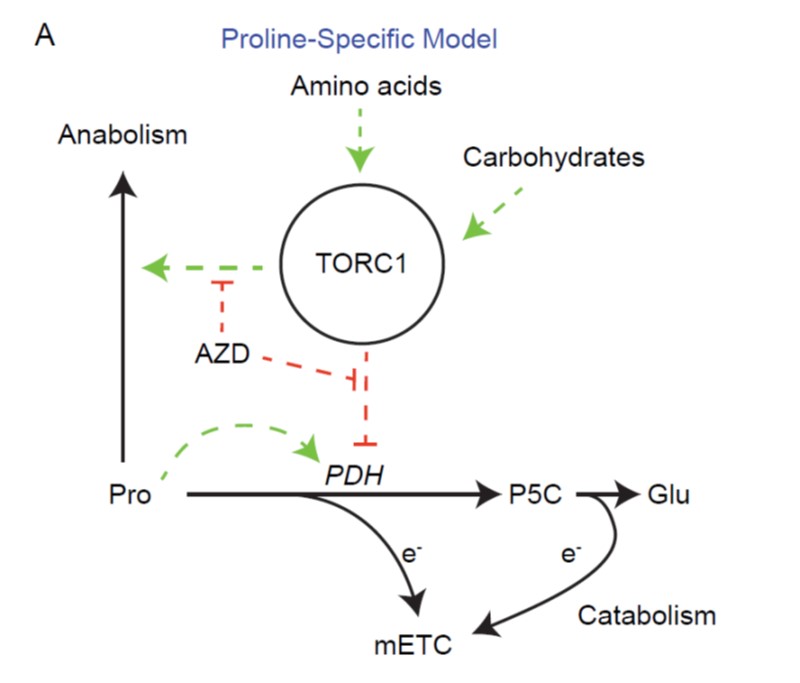
Metabolite regulatory interactions control plant respiratory metabolism via Target of Rapamycin (TOR) kinase activation
Plant Science Research Weekly
The rate of mitochondrial respiration is highly dynamic and responds to numerous endogenous and exogenous factors. Here, O’Leary et al. have measured mitochondrial respiration (through O2 production) in response to various metabolites in leaf discs over several hours, to address not only post-translational…

Identification of low-abundant lipid droplet proteins in seeds and seedlings (Plant Physiol)
Plant Science Research WeeklyThe ability of seeds to pack nutrients into dense stable capsules transformed plants’ and animals’ ability to thrive on land (imagine getting through your day without eating any foods derived from seeds or animals that eat seeds). Within many seeds, nutrients are packaged in lipid droplets, with…

Conversion of Escherichia coli to generate all biomass carbon from CO2 (Cell)
Plant Science Research WeeklyPlants are photosynthetic autotrophs, meaning they use light energy to feed themselves, with carbon dioxide as a carbon source. Heterotrophs like E. coli require organic carbon. Here, Gleizer et al. have rewired the metabolism of E. coli to make it into a (non-photosynthetic) autotroph, meaning it can…
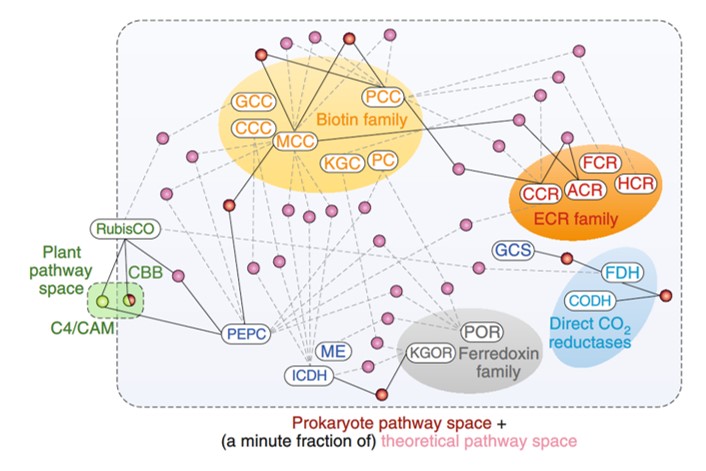
Perspective: Revolutionizing agriculture with synthetic biology (Nature Plants)
Plant Science Research WeeklyIn a new Perspective by Wurtzel et al., the authors lay out SynBio’s tremendous potential to transform agriculture. Consider how we might leverage the “vast design space that plants have not occupied.” As an example, plants employ two pathways to fix carbon, and prokaryotes another six, but scientists…
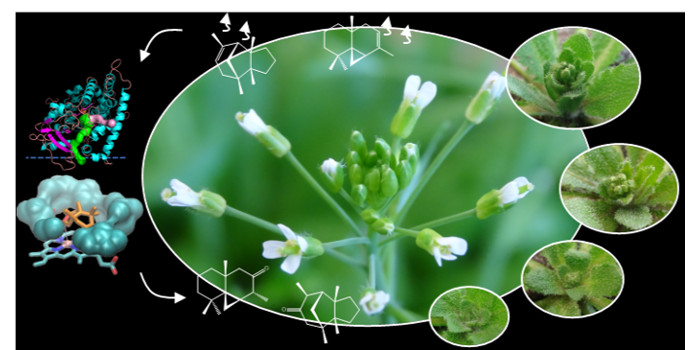
Attractive flower smell turned into defense barrier
Research, The Plant Cell, The Plant Cell: In a NutshellBoachon et al. explore metabolic processes associated with floral defense.
Plant Cell https://doi.org/10.1105/tpc.19.00320
By Benoît Boachon, University of Lyon, UJM-Saint-Etienne, CNRS, BVpam FRE 3727, Saint-Etienne, France.
Danièle Werck-Reichhart, Institute of Plant Molecular Biology of…
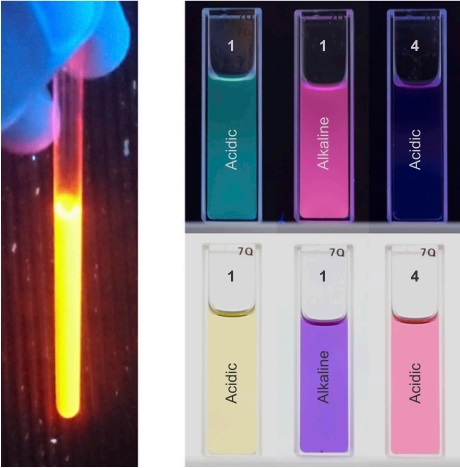
Auronidins are a previously unreported class of flavonoid pigments that challenge anthocyanin biosynthesis evolved in plants (OA) (PNAS)
Plant Science Research WeeklyPlants produce pigments as a protective strategy against biotic and abiotic stress. In angiosperms, anthocyanins are the main flavonoids that play a role in this function. As the early-diverging land plant, Marchantia polymorpha also produces red pigments in response to environmental conditions, it was…
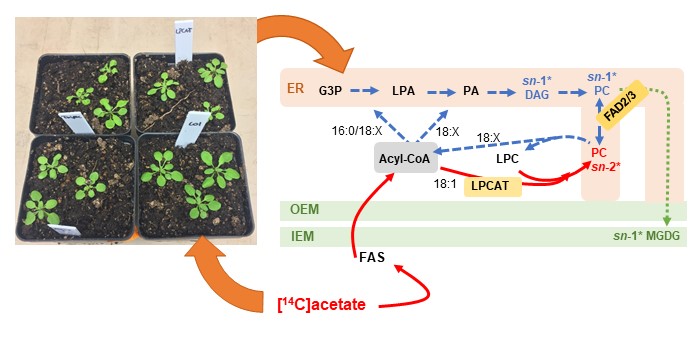
The “Ins and Outs” of ER–Chloroplast Lipid Trafficking
Research, The Plant Cell, The Plant Cell: In a NutshellKarki et al. revisit the long-standing question of how and where lipid trafficking occurs during galactolipid synthesis. They report evidence for metabolically distinct pools of phosphatidylcholine, suggesting an underlying spatial organization in the ER–chloroplast metabolic interactions. Plant Cell…
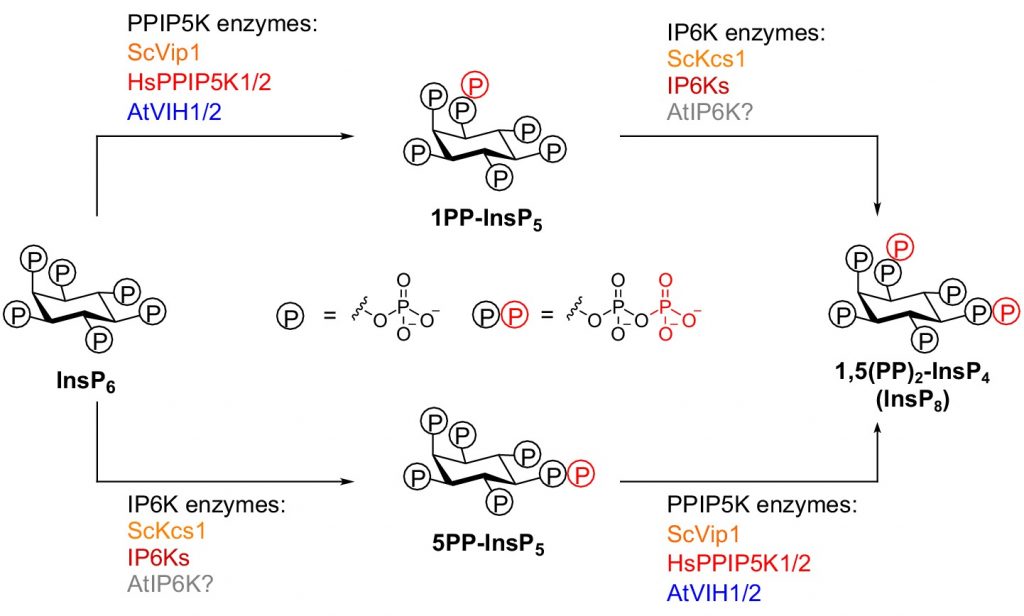
Two bifunctional inositol pyrophosphate kinases/phosphatases control plant phosphate homeostasis (eLIFE)
Plant Science Research WeeklyPhosphorus (P) is an essential macronutrient for plant growth and development. P is predominantly absorbed by plants in its inorganic form, phosphate (Pi). Because Pi homeostasis is critical for balanced growth and development, plants like many other eukaryotic organisms have developed a complex system…
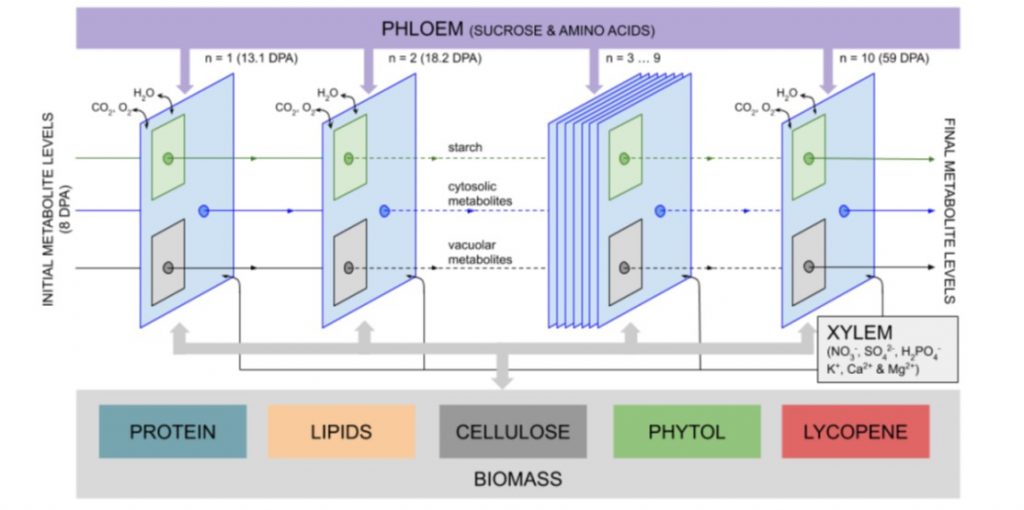
Predicting metabolism during growth by osmotic cell expansion (bioRxiv)
Plant Science Research WeeklyGrowth is driven by cell expansion, which is driven by both synthesis of metabolites and osmotically-driven expansion. This latter contribution is typically overlooked in metabolic flux analysis. To remedy this, Shameer et al. have developed a model, GrOE-FBA (Growth by Osmotic Expansion- Flux Balance…

